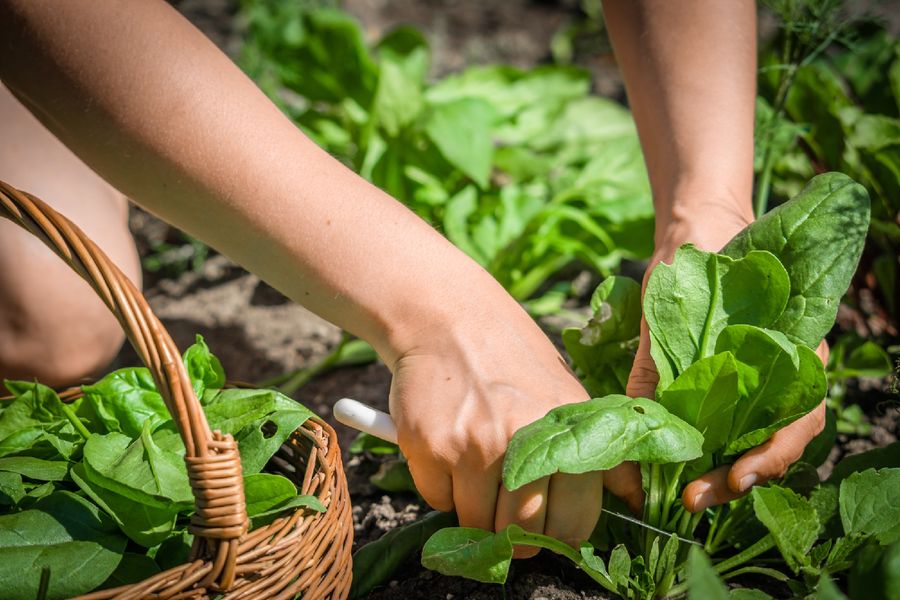Assessing Your Garden
Before we begin planting, let’s take a moment to assess your garden. Walk through your outdoor haven and observe its current state. Are there any existing plants that have braved the winter and are ready for summer growth? Take note of their conditions and make a plan to nurture them back to health if needed. Now, let’s shift our attention to the soil. Prepare it for the new season by loosening it gently and incorporating organic matter like compost or well-rotted manure. Healthy soil is the foundation for a thriving garden.






